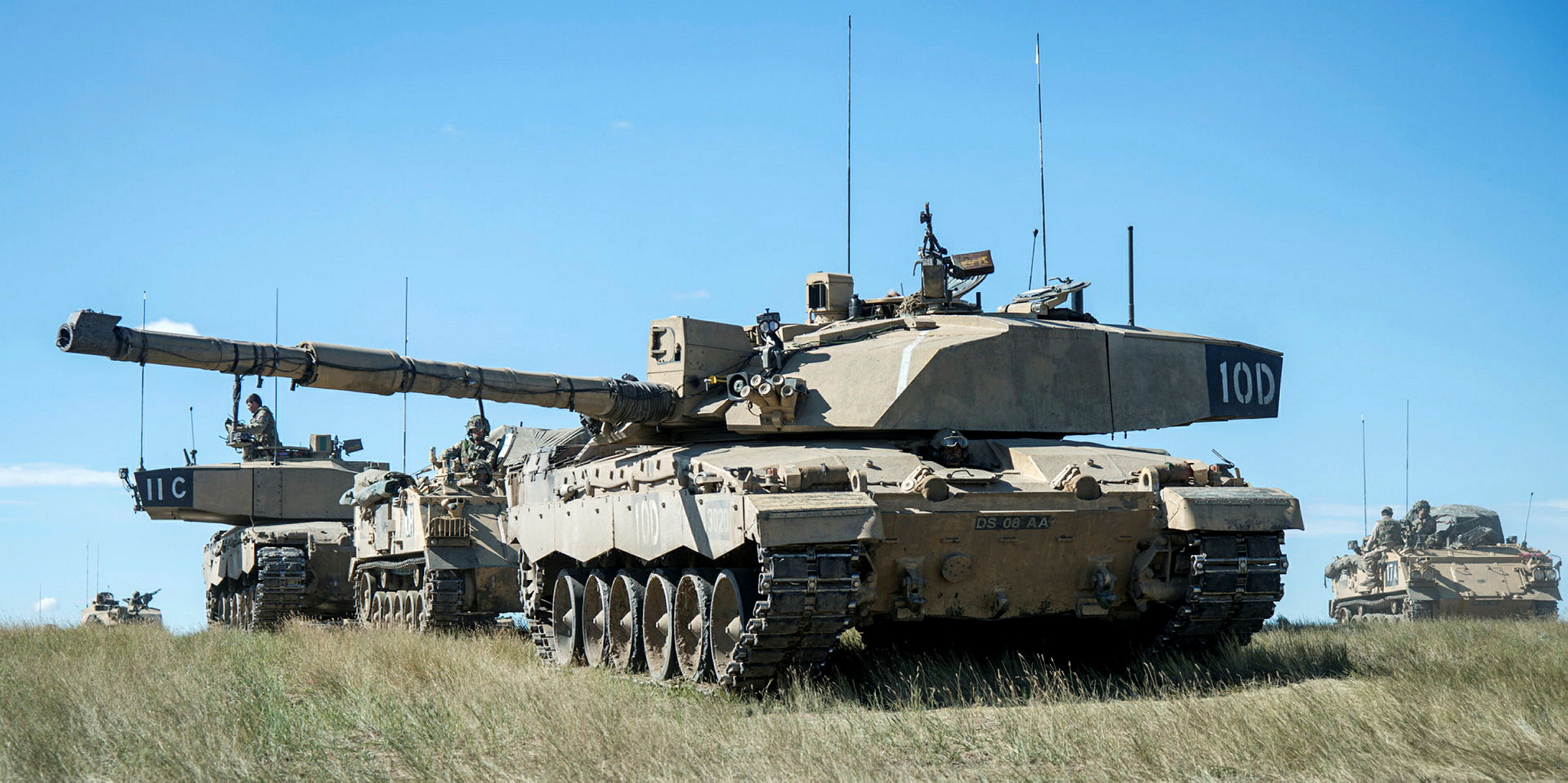The Challenge
The British Army Land Warfare Centre and NATO’s Allied Rapid Reaction Corps required a capability to support operational planning for high-intensity warfighting, including ‘Course of Action’ and ‘analytical’ wargaming. This included developing data to support software and managing NATO and adversary orders of battle.
Our Approach
RED Scientific develop CIRSIUM, a digital wargame used by the British Army and NATO. It is a high-fidelity, playable mathematical model of military engagements, combining software, combat algorithms, and supporting data. Where data was lacking, bespoke models were created to fill gaps. Historical analysis informed algorithm design, supported by a database of over 250 previous engagements.
Development followed an agile process with regular customer involvement. CIRSIUM models most aspects of operational land warfare, features include:
- Terrain based speed of movement
- Target acquisition by sensors & intelligence
- Intelligence based views
- Realistic force movement
- Variable time step
- AI Players
- Orders of Battle
- Attrition
- Close combat
- Rotary & fixed wing
- Logistics
- Casualties
- Available on MODNET
Flexible turns allow detail during action and speed in pauses, visualized using a “ It features realistic intelligence modelling, where players act based on sensor-derived information rather than ‘omniscient’ views.
The user interface is map-based with NATO symbology, overlays, and dialogue boxes for rapid information processing. Senior commanders can pre-plan complex manoeuvres for efficient play. CIRSIUM is supported by comprehensive documentation, including a data dictionary of NATO and adversary capabilities.
Feedback & Outcome
CIRSIUM has evolved over six years through modular, agile development over multiple contract renewals, reflecting strong customer trust. RED Scientific’s data science team also develop complementary tools like ORACHE (combat outcomes), ORCIN (medical modelling), ORTOLAN (fires calculation), and enhancements to FRAN (force ratio analysis).
The project showcases RED Scientific’s multidisciplinary expertise; engineering, data science, software engineering, and operational analysis to deliver a coherent, integrated solution. This approach is highly transferable to complex challenges in other sectors, for example energy.



